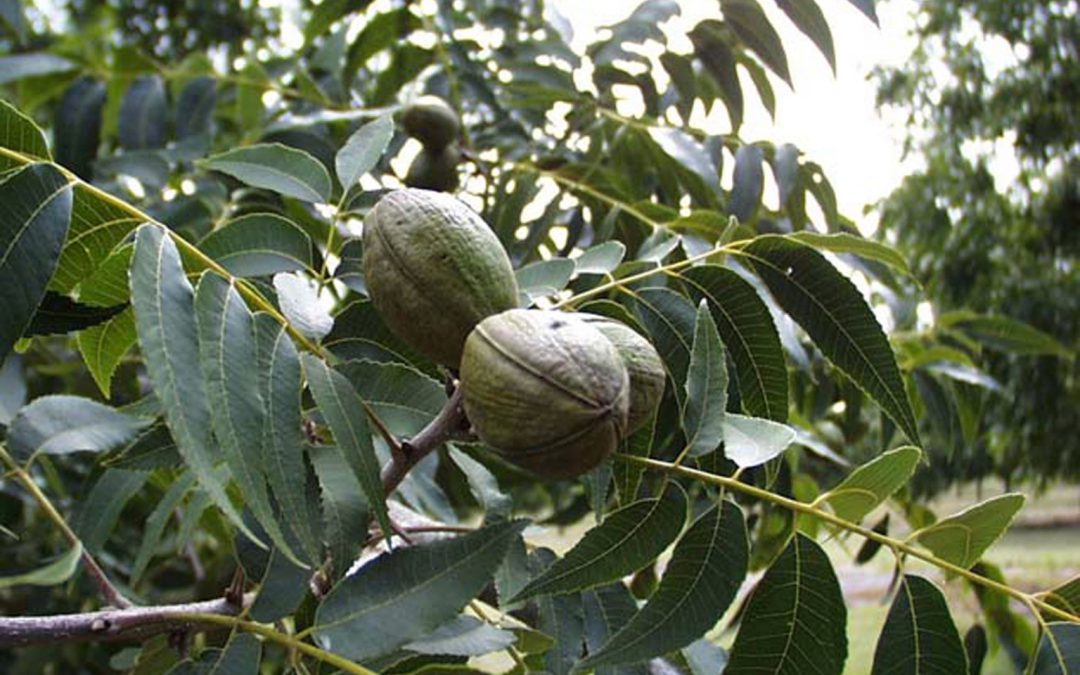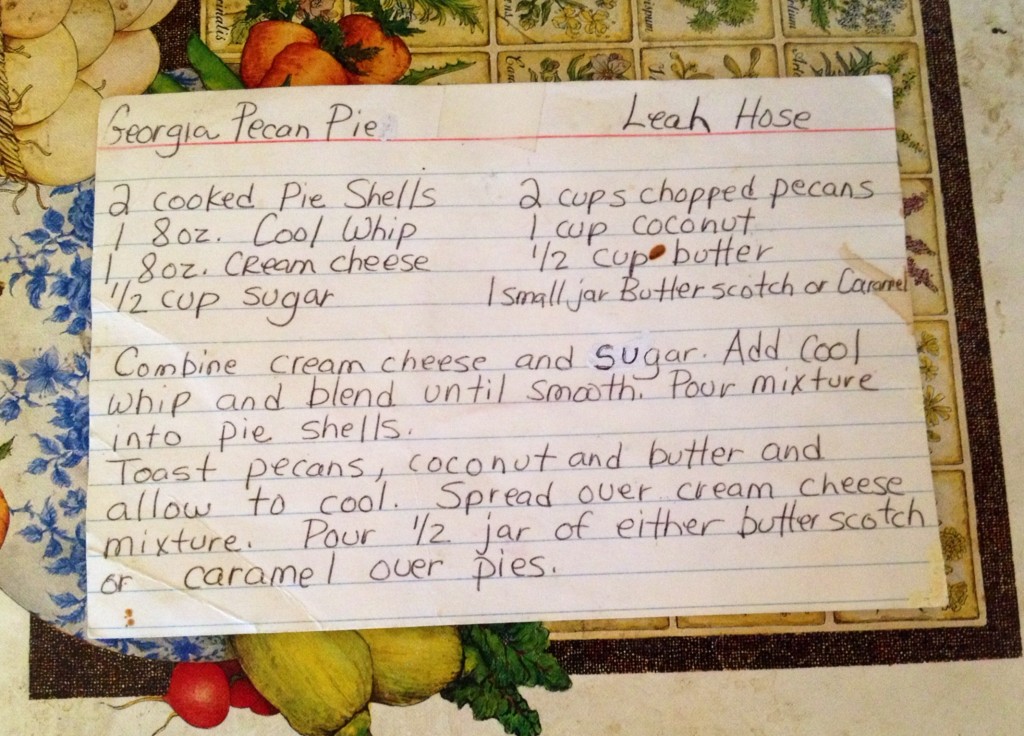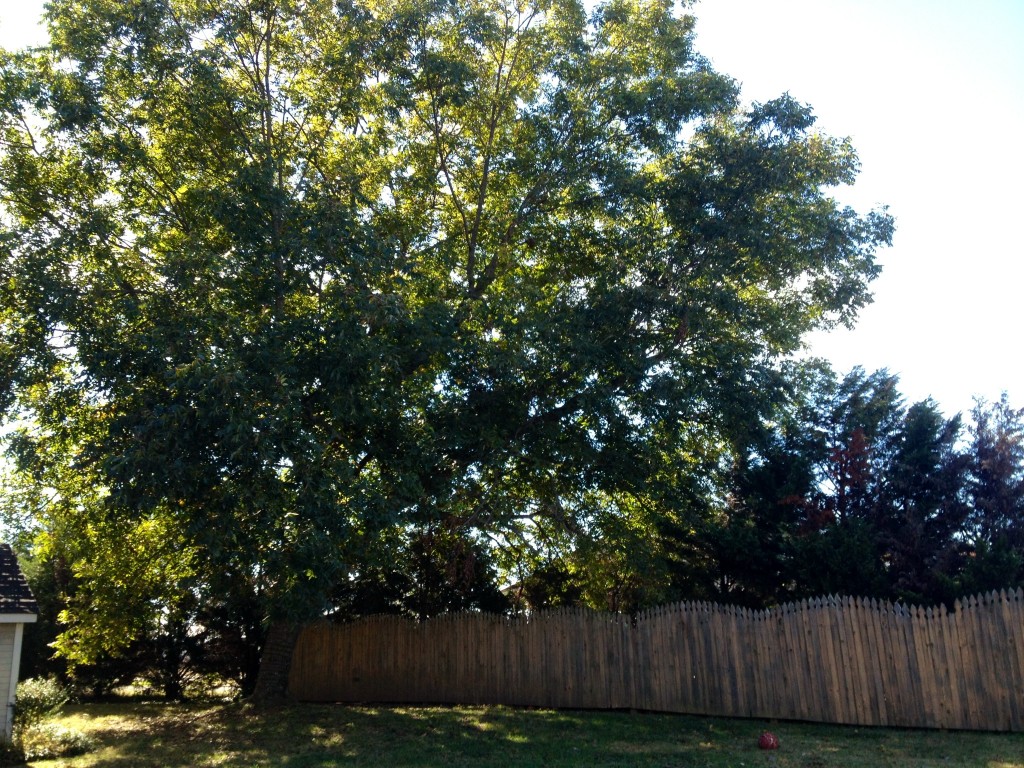
The Florida Pecan: A Fall Treat
Pecan trees are a southern staple in the states of Alabama, Georgia, and North Florida, prized for their delicious nuts and gorgeous additions they make to the landscape. During October and November, we start to see the mature pecan nuts fall to the ground and these can be dried and stored for many months, making them a long-lasting and rewarding crop. Here is what you need to know to install pecan trees of your own at home.
Choosing the Right Variety
Florida’s warm climate and extended growing season creates excellent conditions for pecan trees. But not all pecan tree varieties thrive in Florida’s climate. Because of the humid conditions that the state presents, some varieties are more susceptible to common diseases such as pecan scab. The recommended varieties for Florida include:
- ‘Elliot,’ ‘Excel,’ ‘Lakota,’ and ‘Sumner’ are typically the first varieties to be recommended because they have an excellent resistance to pecan scab.
- ‘Cape Fear,’ ‘Caddo,’ ‘Desirable,’ and ‘Kiowa’ are recommended on a case-by-case basis due to their high quality nut production but will require constant scouting due to their low disease resistance. These varieties are typically seen on a commercial production scale.
- The ‘Stuart’ pecan tree produces high quality pecans, but it can take up to 10 years to see any signs of production, so it is not commonly installed into the home landscape.
When planting your pecan trees, be sure to purchase trees from reputable and certified nurseries to ensure healthy, disease-resistant plants that produce high-quality nuts.
Planting and Soil Requirements
Pecan trees need well-drained soil with a pH of 6.0 – 6.5. If you are unsure of your soil’s pH, it is wise to take a soil sample prior to installing your trees. Contact your local UF/IFAS Extension office for more information. Here are a few things to consider when planting pecans:
- Site Requirement: It is important to remember that pecan trees require full sun and plenty of space to grow, as they can reach at least 70 feet in height with a wide canopy. They will need to be planted away from structures and power lines.
- Planting Depth: Pecan trees should be planted during the dormant season (November-February) and require a planting hole no bigger than 2 feet wide and 2 ½ feet deep to allow the taproot to extend directly into the ground.
- Tree Spacing: Older trees need to be spaced at least 60 to 80 feet apart. But younger trees or newly planted trees need to be spaced not as far as this. Pecan trees must cross-pollinate to produce nuts, so they must be close enough to share their pollen but far enough apart to not hinder the other trees’ root growth. Initial spacing can range from 30 to 40 feet apart.
Fertilization and Watering
Young pecan trees need consistent watering after recently being transplanted to help establish their root system efficiently. Once established, pecan trees be relatively drought tolerant, but still benefit from deep watering during the dry periods. Irrigation is the most critical during the establishment of the first year. For the first 2 years of the tree’s life, they may require up to 10 gallons of water per day based on the current weather conditions. For fertilizer, apply 10-10-10 in early March through June. Fertilizer should be applied in a circle around the trunk of the tree. Avoid placing fertilizer directly against the trunk of the tree.
Growing pecan trees in Florida requires some planning and maintenance, but the rewards are well worth the effort. With the right variety selection, planting care, and attention to irrigation, you can have a bountiful harvest of homegrown pecans for your family to enjoy Whether you’re planting a single tree or a establishing a small orchard, pecan trees are a valuable and delicious to any Florida landscape. For more information, please visit:
https://edis.ifas.ufl.edu/publication/HS229
https://gardeningsolutions.ifas.ufl.edu/plants/trees-and-shrubs/trees/pecan/




